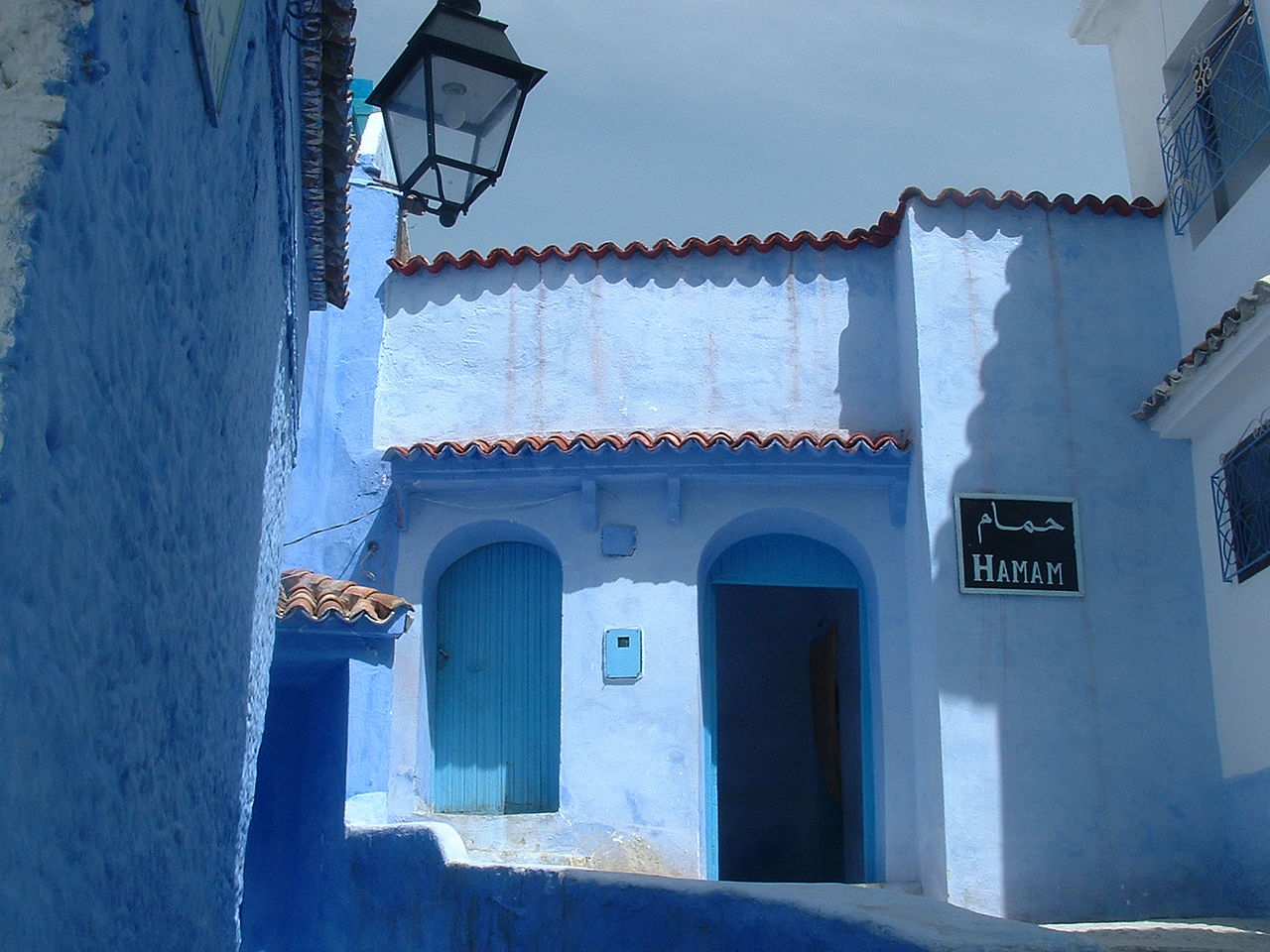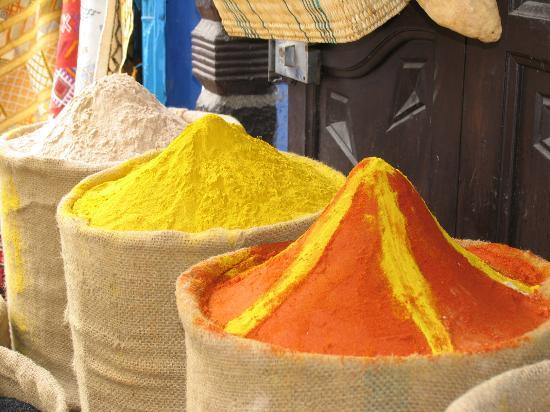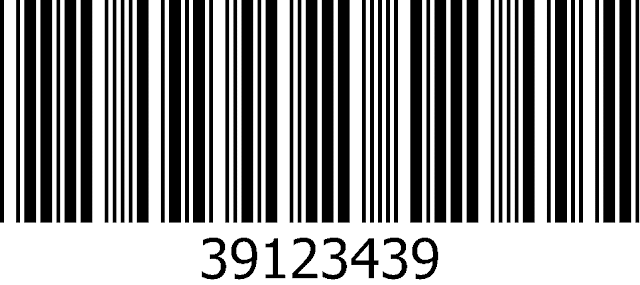Chefchaouene : The Blue city in MOROCCO
Chefchaouen is an otherworldly escape nestled in Morocco’s Rif Mountains. As well as its distinctive palette of blue and white buildings, a striking contrast with the arid setting, this popular tourist town has plenty to offer. Embark on strenuous hillside hikes or idle strolls; bathe in mountain streams; or embrace the culinary scene and excellent shopping.

Nickname(s) The Blue Pearl
| Country | Morocco |
|---|---|
| Province | Chefchaouen |
| Founded | 1471 |
| Government | |
| • Governor | Mhamed Haddan |
| • Mayor | Mohamed Said al-Alami |
| Population (2004) | |
| • Total | 35,709 |
| Time zone | (GMT) Casablanca, Monrovia |
Chefchaouen or Chaouen, as it is often called by Moroccans, is a popular tourist destination because of its proximity to Tangier and the Spanish enclave of Ceuta. The name refers to the shape of the mountain tops above the town, that look like the two horns (chaoua) of a goat. "Chef Chaouen" derives from the Berber word for horns, Ichawen. There are approximately two hundred hotels catering to the summer influx of European tourists. One distinction possessed by Chefchaouen is its blue-rinsed houses and buildings.
Chefchaouen is a popular shopping destination as well, as it offers many native handicrafts that are not available elsewhere in Morocco, such as wool garments and woven blankets. The goat cheese native to the area is also popular with tourists.
The countryside around it has a reputation for being a prolific source of kief. The Chefchaouen region is one of the main producers of cannabis in Morocco. Hashish is subsequently sold all over town, but is mostly the domain of native Chaouenis. A nearby attraction is the Kef Toghobeit Cave which is one of the deepest caves in Africa.
Chefchaouen's blue walls are a popular subject of interest. There are several theories as to why the walls were painted blue. One popular theory is that the blue keeps mosquitos away, another is that the that Jews introduced the blue when they took refuge from Hitler in the in the 1930s. The blue is said to symbolize the sky and heaven, and serve as a reminder to lead a spiritual life.
The growing tourist industry is geared especially towards Spanish tourists, who are especially numerous during great Catholic feasts like Semana Santa and Christmas.
 |
A typically blue-rinsed hamam in ChefchaouenPlaces of worshipThere are a number of distinct mosques in the town. Aside from the mosque at Place Uta Hammam in the medina, there is also a mosque dedicated to the patron saint of Northern Morocco's Jebalah region, Moulay Abdeslam Ben Mchich Alami. His tomb and the village surrounding it is by the way an hour's drive or so from Chefchaouen on the old road to Larache. There is also a ruined mosque built by the Spanish, with stairs still in the tower. |




Comments
Post a Comment